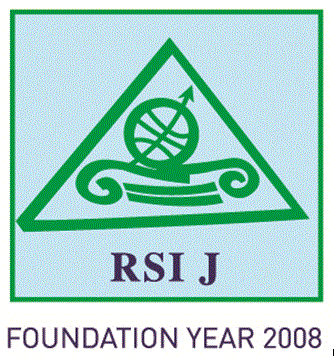Lena MALEŠEVIĆ PEROVIĆ
Full professor, University of Split, Faculty of Economics, Business and Tourism, Split, Croatia and CERGE-EI Teaching Fellow
lena@efst.hr
Abstract
The main aim of this paper is to investigate macroeconomic effects of teleworking during the COVID-19 pandemic, using an atypical approach. We apply stochastic frontier analysis to a Cobb-Douglas production function broadened with teleworkability variable, and analyse the level of (in)efficiency of EU27 countries in producing their GDPs. We find that increasing the percentage of jobs that can be done at home by 1 percentage point reduces the level of technical inefficiency by 3.5%. Additionally, we use a unique e-survey conducted in April and May of 2020, which provides the data on the share of people who started working from home as a results of a COVID-19 situation, and combine it with the teleworkability variable. Overall, our findings suggest that more developed EU countries have a higher share of teleworkable jobs, which in turn reduces their inefficiencies, and furthermore results in more people beginning to work from home in the pandemic.
Keywords: teleworking, production function, stochastic frontier analysis, EU, COVID-19
JEL classification: C21, O4, O33, O52
pp. 33-42
